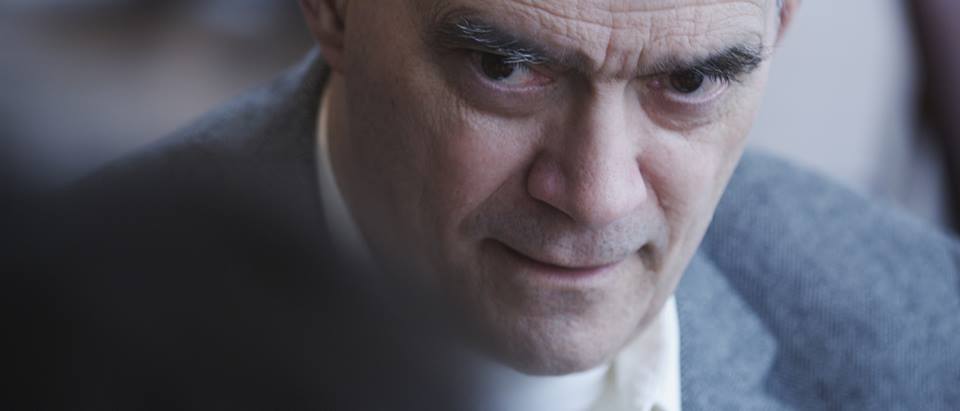On September 12, 2001, Bill Binney snuck back into work at the NSA dressed like cleaning staff so he could try to help understand who had attacked the United States. A top NSA mathematician, Binney had rolled out a sophisticated metadata analysis system called ThinThread, only to have it canceled less than a month before 9/11. Top executives at the agency had decided a clunky program called Trailblazer, contracted out to the intelligence contractor giant SAIC, would be NSA’s future, not the cheaper, more effective and privacy-protective ThinThread.
While NSA Director General Michael Hayden had sent most NSA staffers home on 9/11 and the day after —hence Binney’s disguise — the contractors were hard at work. As Binney describes in “A Good American“ — a documentary about Binney due for wider release in September — some contractors working in his unit had gotten a warning. “While I was in there trying to look at the material on my computer, the president of the contracting group that I had working on ThinThread came over to me and said that he’d just been in a contractor meeting” with a former top SAIC official who moved back to NSA, supporting Trailblazer. The contractors, it turns out, were warned not to embarrass companies like SAIC, which (the implication is) had just failed to warn about the biggest attack on the United States since Pearl Harbor. “Do not embarrass large companies,” the former SAIC manager, according to Binney, said to the other contractor. “You do your part, you’ll get your share, there’s plenty for everybody.” Stay quiet about the failures that led to 9/11, and you’ll be financially rewarded.
It turns out there was plenty for SAIC and the NSA executives who had backed them to be embarrassed about. Binney and a bunch of close associates quit NSA when the Administration rolled out a new, illegal wiretap program called Stellar Wind in the weeks after 9/11. But another senior NSA official, Thomas Drake — an ally of Binney’s — decided to run the data already in NSA’s possession against ThinThread some months later to see whether ThinThread could reveal anything about the attack. Let’s “find out if there’s any information of the 9/11 attack that we should have known about but didn’t,” in Drake’s words.
There was.
As Drake describes in the film, “We discovered critical intelligence, al Qaeda and associated movement intelligence that had never been discovered by NSA. They didn’t even know that they had it in their databases.” There were details about people not otherwise identified fleeing after the attack, about subplots that hadn’t succeeded.
The NSA’s clunky systems not only didn’t prevent the attack, as Drake’s test of ThinThread suggests Binney’s program might have, but it couldn’t identify relevant data about the attack in NSA’s possession even after the attack.
The outlines of this story — like another story of missed details about 9/11, the 28 pages from the Joint Congressional Inquiry into the attack, which are finally being declassified — have been known for years. Binney, his associates, and Drake complained to the Defense Department’s Inspector General. The IG completed his investigation in 2004 and largely confirmed the NSA whistleblowers’ complaints. Trailblazer got shut down as a tremendous waste. The government attempted, but failed, to prosecute Drake in conjunction with leaks to the New York Times about the illegal wiretap program.
We’ve gotten hints of the ominous details of missed intelligence, too. Drake has alluded to what he found in his review of the data and how he tried to tell the committees investigating the response. He has hinted that that evidence, like those suppressed 28 pages, involves information the intelligence community should have known — and shared. But that has all been, largely papered over, and the Trailblazer IG report remains almost as redacted as those 28 pages implicating one of our closest allies.
After 15 years, apparently, it’s finally okay to talk about how closely implicated our friends the Saudis are in the 9/11 attack. If we can handle those details, perhaps maybe we’re finally also adult enough to learn how big contractor graft prevented us from learning the details in the first place? While the Executive prepares those 28 pages on Saudi involvement in 9/11, it should also prepare that IG report showing how graft made NSA less effective and more intrusive for public release.

